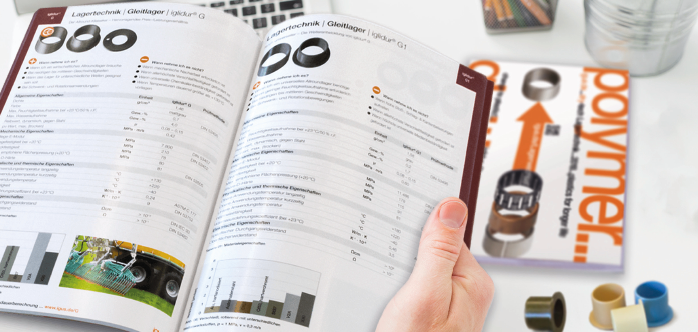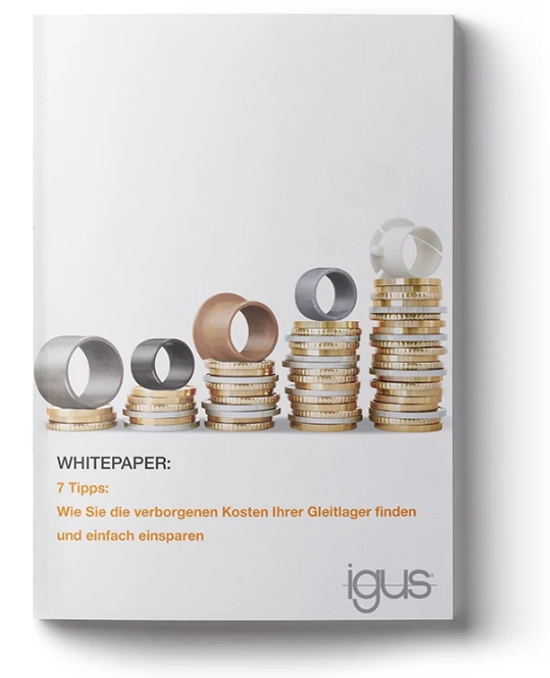Reducing costs with plain bearings, Part 2: Comparing performance data
Lars Butenschön | 4. November 2022
The second part of our series of articles on “Cutting costs with plain bearings” will focus on another important part of plain bearing procurement that can significantly contribute to reducing bearing point costs: the right choice of plain bearing. On the one hand, this issue is somewhat related to procurement optimisation. The aim should always be to use as many identical parts and as few different components as possible. This saves procurement and storage costs. Choosing catalogue components may also make the most sense. But another important consideration is choosing the right materials and types of plain bearings.
A practical example: a plain bearing’s load is set to 150MPa, or 150N per mm² of bearing area. A bearing made of high-strength steel is therefore included in the design and procured, since the manufacturer indicates a sufficiently high maximum dynamic load in the data sheet. But in fact the 150MPa was a theoretical value derived from several safety factors that could be reached only statically – without movement. The consequence is that high-strength plain bearings that can meet this high theoretical value are included in the design. For these bearings to work, further design measures (lubrication, shaft material, etc.) must be taken, and these costs add up.

So be sure to compare the required properties with those of the plain bearing installed and look around for more suitable alternatives. Does it have to be a high-temperature bearing? Is the compressive strength of 250MPa even reached during operation? What is the actual surface pressure during movement? This blog post will tell you how to determine the plain bearing requirements as precisely as possible, and you can find out what data sheets say about the properties of a material for use as a plain bearing here.
There are of course many other ways to save costs besides design considerations. You can find more useful information on this in our white paper entitled “Seven tips for finding the hidden costs of your plain bearings and saving money easily”.

